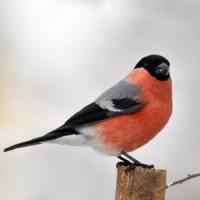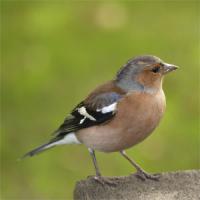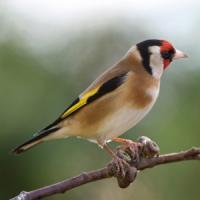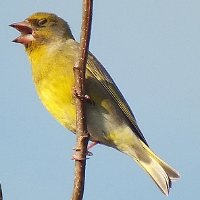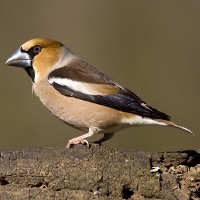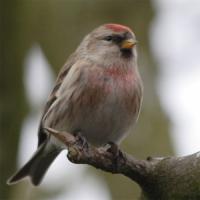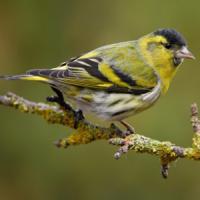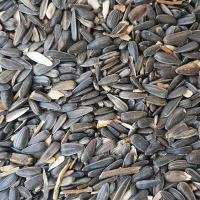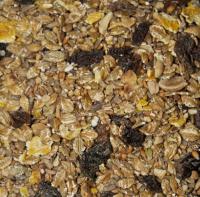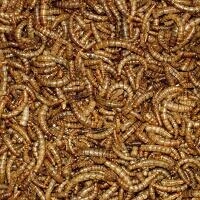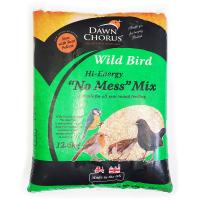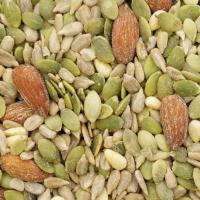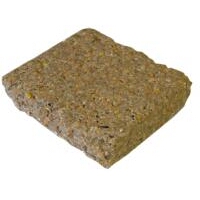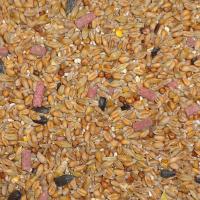- Home
- FAQs
- Customer Video Gallery
- Customer Photo Gallery
- Bird Facts
- Bird Food Blog
- Bird Information
- Feeding Advice
- Small Animal Information
- A to Z of Guinea Pigs
- A to Z of Hamsters
- A to Z of Rabbits
- Basic Care for Guinea Pigs
- Basic Care for Hamsters
- Basic Care for Rabbits
- Basic care for Chinchillas
- Basic care for Ferrets
- Basic care for Gerbils
- Basic care for Mice
- Basic care for Rats
- Buying a Healthy Small Animal
- Does your Reptile need a Licence
- Equipment for Ferrets
- Equipment for Hamsters
- Equipment for Mice
- Equipment for your Chinchilla
- Equipment for your Gerbil
- Equipment for your Guinea Pig
- Equipment for your Rabbit
- Keeping a House Rabbit
- Dog Information
- Cat Information
- Customer Information
- Fat Balls
- Suet Pellets
- Straights
- Seed Mixes
- Suet Treats
- Mealworms
- Bird Feeders
- My Account
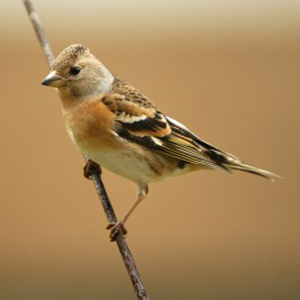
| Scientific Name | Fringilla montifringilla |
| Breeding | May-June |
| Fledge Days | 13-14 |
| Incubation Days | 11-12 |
| Lifespan | 2-4 |
| Number of Clutches | 1-2 |
| Number of Eggs | 5-7 |
| Size | 14cm |
| Weight | 24g |
| Wingspan | 26cm |
Brambling Facts - Information About Brambling
Brambling - Fringilla Montifringilla
The Brambling is a member of the Finch family and is a regular winter visitor to the British Isles. It has bred in Scotland but this is very unusual. Winter numbers vary with up to a million birds occurring in severe winters. It occurs in nearly all rural habitat types throughout the country and can be enticed into the garden by presenting suitable food on the bird table or ground, Bramblings feed on seed so a good seed mix may bring them in.
Identification:
Adult
- Males are easily recognised whereas the females are a little more difficult as they are not as well marked as the males.
- Finches are small Sparrow sized birds, the Brambling is around 15cm in length.
Male - winter
- Tail is all dark, rump is white, and the back is heavily spotted black on a brown background.
- Wings are black with an orangey double wingbar and orangey edges to tertials and orange shoulder patch.
- The Brambling has an all dark head, the nape is paler, chin, throat and breast are orange.
- Underparts are white with some dark spotting on the flanks.
- Bill is horn coloured, legs are pale, eye are black.
Female
- Female Bramblings resemble washed out males, however the wings and tail are browner.
- Back, crown and sides of neck are dark brown, the nape is paler grey and shows on the back of the head as a distinctive patch.
- Face and chin grey-brown with broad grey border.
- Underparts are pale orange buff, with some dark spotting on flanks.
- Bill and legs are pale, eyes are black.
Juvenile
- Young birds arriving for winter are in their first winter plumage which is adult.
Status and Distribution
The Brambling is a regular wintering species, as many as 1 million birds winter in the UK. The Brambling can occur in all counties throughout the UK.
In winter migrants start to arrive in October to winter in our less severe climate.
Habitat/Food
Bramblings tend to feed on the ground and bird tables but will occasionally take food from feeders. They occur in all habitat types throughout the UK, woodlands, parks, gardens, farmland, hedgerows towns.
In the garden Bramblings love seed mixes.
Song/Call
Call notes; most often a hard loud nasal ‘tea-ep’ as well as a Chaffinch like contact call ‘peck’ sometimes repeated 3 or 4 times.
Song is a very short repeated ‘rrrryuh’.
The following food is favoured by Brambling





